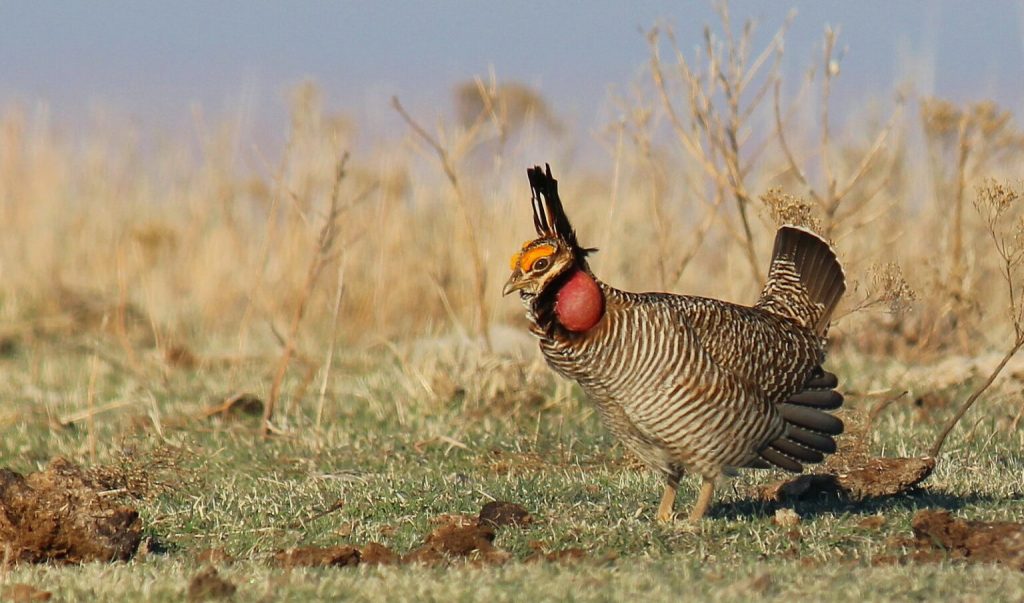Kansas Conservation Series: Lesser Prairie Chicken
Over the past six months, we’ve recognized Kansans who are dedicated to conservation efforts that promote healthier grasslands, limit water use, and rehabilitate habitats for wildlife. One species that benefits from these efforts that has found itself in the spotlight this Congress is the Lesser Prairie Chicken (LPC).
Native to the southern plains, the Lesser Prairie Chicken has long inhabited Kansas prairies. In recent history, the LPC population has dwindled, and private landowners and conservation groups are working diligently to re-establish the native grouse to its former glory. All of this work has been done in the shadow of a decade-long battle by the federal government to list the LPC as part of the Endangered Species Act (ESA).
Earlier this year, the Biden Administration proposed a rule under the ESA that would list the LPC as endangered, once and for all. This kind of designation adds a regulatory burden to food and energy production efforts in counties that are historically inhabited by the LPC; and could lead to energy production being shipped overseas, as well as higher food costs.
No one wants the LPC to go extinct, but a designation of the LPC as endangered will likely do nothing to grow its population. In fact, less than 2% of all species listed under ESA production have been removed from the list since its creation in 1973. Despite my best efforts to repeal the decision made by President Biden, my attempt to overturn the rule was vetoed and failed to be overridden in the Senate this week.
In the past, we have featured several producers and partnerships who’ve made great strides in saving the Lesser Prairie Chicken and wildlife across the state. Their efforts deserve celebration and further prove that public-private partnerships, not federal overreach, will be what saves the LPC.

